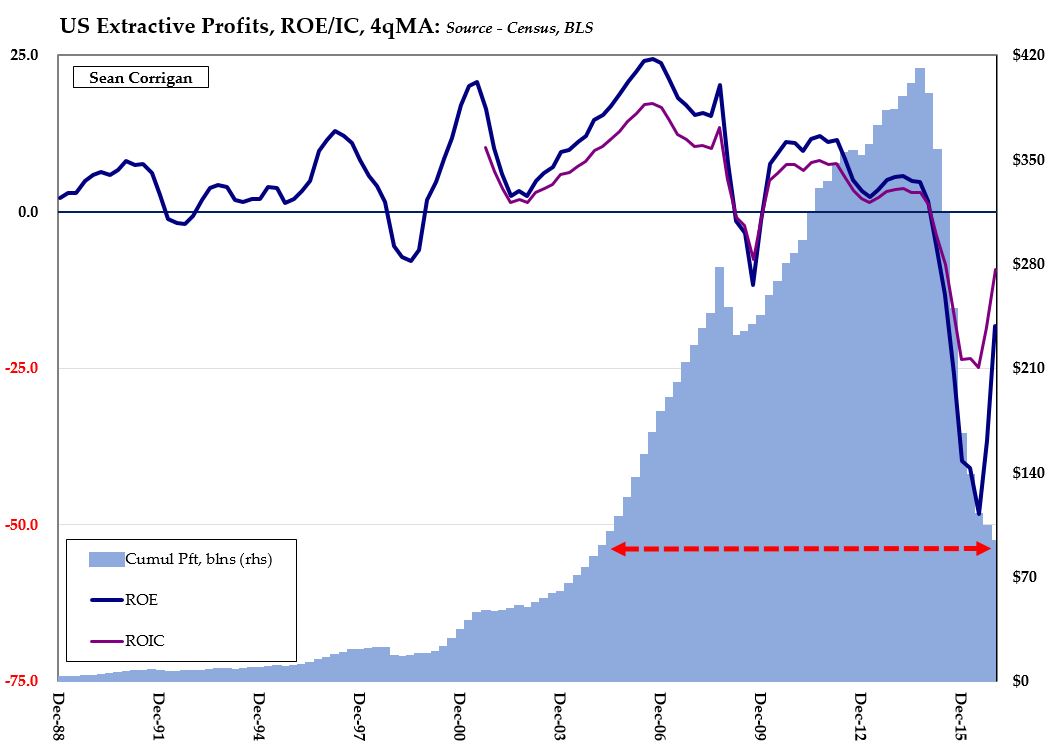In this article for City A.M. I discuss Joseph Schumpeter’s concept of “creative destruction”, and why Karl Marx was wrong to suppose that capitalism generates an increasing concentration of capital:
In 1987, Forbes magazine released a study looking at how large companies fare over time. It took the 100 biggest companies in 1917 and looked at what had happened to them since. Rather than see the big companies getting bigger, they found the opposite. As the chart shows, 61 per cent of the companies became defunct. 21 per cent still existed, but had fallen outside the top 100. That left only 18 of the biggest 100 companies in 1917 still there 70 years later. Of those, 16 companies underperformed the market as a whole, leaving just two companies that managed to “beat” the market. One of those companies was GE, and the other was Kodak.



Quite so.
And, I suspect, that General Electic (in spite of all the favours and support from the American government) will go down also.
Economies of scale are real – but so are diseconomies of scale.
And GE is a classic “we do anything” enterprise – which boasts of having its fingers in every aspect of the economy.
That shouts “lack of focus”.
Fatal – especially in the tough times to come.